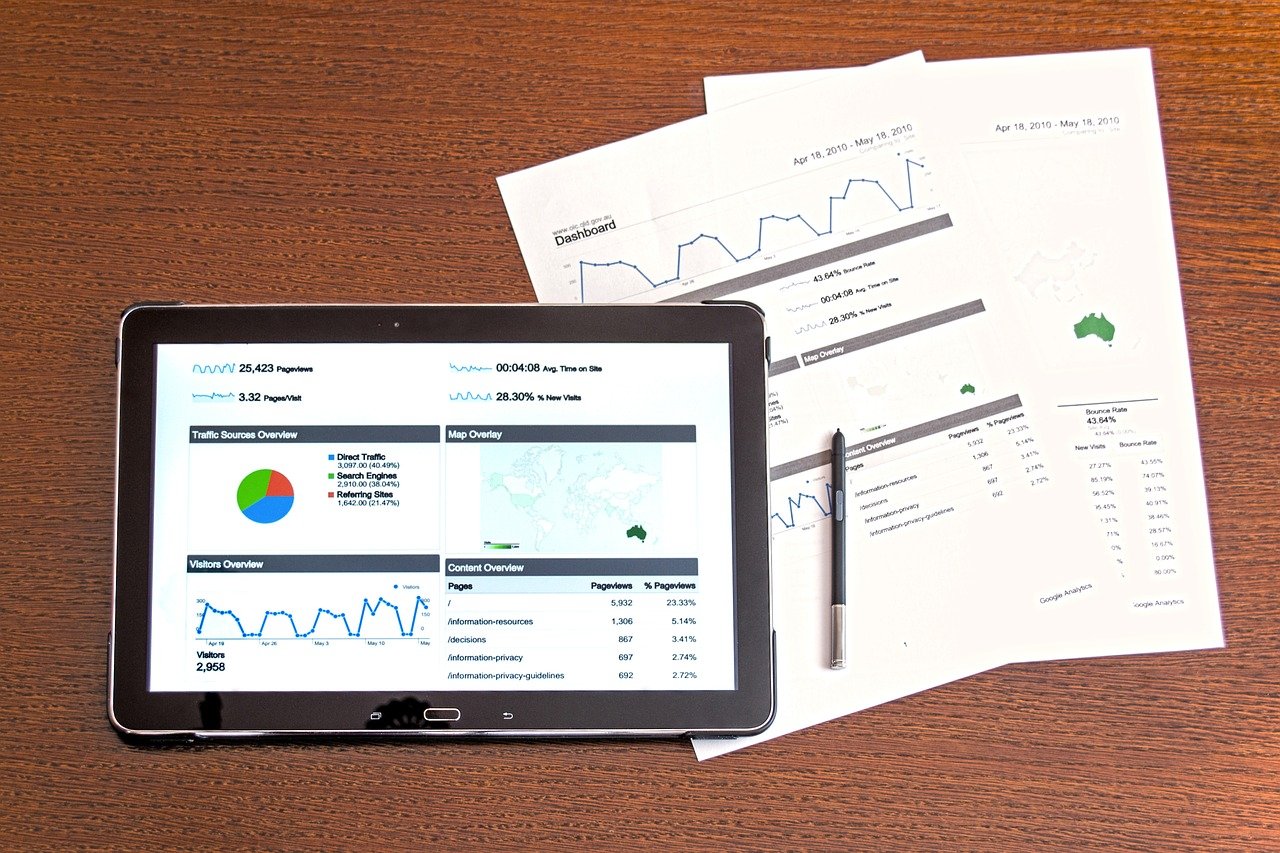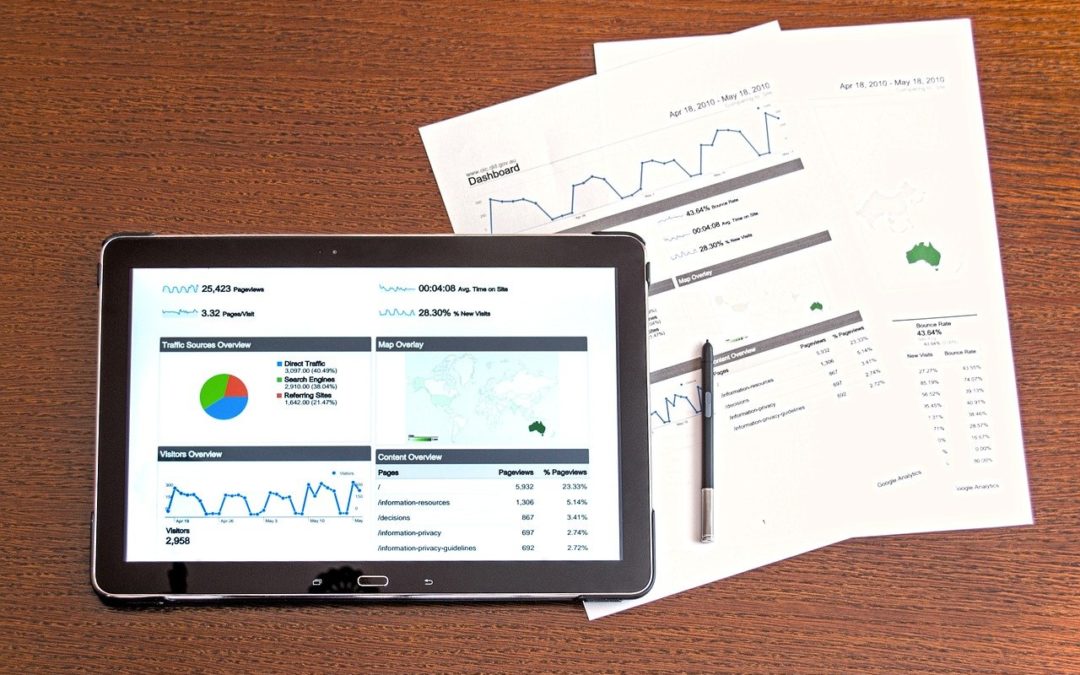How To Use Brand Sentiment Analysis To Create A Winning Marketing Strategy
To improve reach and maximise your return on investment you must use brand sentiment analysis. Here is how to create a winning marketing strategy.
Hi Trish Davies here and today I am going to get analytical. Specifically by focusing on brand sentiment analysis.
Winning a marketing battle requires more than just finding the right audience. Today, you need to find the most relevant audience and appeal to them on an emotional level. That’s where sentiment analysis comes in. It’s your best bet for improving reach and maximizing return on investment.
If you want to know how to use sentiment analysis to create a winning marketing strategy, this article is for you!
What Is Brand Sentiment Analysis?

Brand sentiment analysis is a way to measure public opinion about your brand and identify what makes it unique. It also tells you who influences the opinions of others and how they feel about your brand. Then you can create a winning strategy to engage with them.
This type of analysis can be done in two ways: open-ended surveys or closed-ended surveys. Open-ended surveys ask respondents to explain their feelings about a particular brand. Closed-ended surveys ask for more basic information (e.g., if the respondent likes a product or not).
Brand sentiment analysis is an important part of marketing because it helps you understand your audience better. Also it helps identify their interests, concerns, and preferences.
Understand Your Brand’s Sentiment Towards Others
No matter how much you like your brand, some people don’t. This is where sentiment analysis comes in. It tells you who influences the opinions of others, so you can create a winning strategy to engage with them.
**Tip: ** To understand your brand’s sentiment towards others, here are four steps to get started:
- Define audience groups: Identify the different groups that influence your audience’s opinion about your brand. These groups usually consist of influencers, opinion leaders and members of the general public.
- Identify target audience: Find out which group is most likely to be interested in what you offer.
- Understand the type of sentiment for each group: Explore how each group feels about your business.
- Determine what needs to be done: Find out what needs to be done for each group and make a plan for how to best respond to their sentiments
Create A Winning Strategy That Engages With Your Audience
One of the benefits of brand sentiment analysis is that it can help you create a winning marketing strategy to engage with your audience. With this data, you can target your ads and content towards those who will be most receptive. You’ll know who to reach out to and how to reach them.
Brand sentiment analysis also helps you develop a deeper understanding of your brand’s value proposition. This plays a key role in how you position it in the market. This information lets you identify what makes your brand unique and differentiates it from competitors in the industry.
It also lets you know who influences the opinions of others so that you can create an effective outreach plan. A plan that connects with these people as well through various channels like email, social media, and more.
The more aware marketers become about what drives public opinion, the better able they are to meet customer expectations. Aso to help deepen their relationships with customers. People buy from brands they trust!
How To Use Brand Sentiment Analysis For Marketing?

Brand sentiment analysis is a valuable tool for marketers. It has four main benefits:
- Allows you to identify what makes your brand unique
- Helps you find the most relevant audience and reach them on an emotional level
- Reveals who influences the opinions of others
- Provides insight into what people feel about your brand
The first step in using sentiment analysis is identifying what makes your brand unique. You can do this by researching what people say about your company, products or services.
When you know what sets you apart from the competition, you’ll be able to use that information to create more effective marketing strategies.
For example, if you learn that people are talking about how your customer service is outstanding.
Then you would want to make sure that aspect of your business shows up prominently in any marketing materials or campaigns.
The next step in sentiment analysis for marketing is finding the most relevant audience and reaching them where they are emotionally.
Connecting with consumers on an emotional level will help build rapport. It will also make them loyal customers who are willing to buy from you again and again, whether online or in person!
Once you know what makes your company unique (or differentiates it from competitors), identify groups of people who may align with that message.
Then target those groups with specialized content at the right times through social media channels like Facebook or Twitter. You’ll be able to reach consumers at moments when they’re most receptive: right before they go shopping, for example.
Conclusion
Brand sentiment analysis is a way to gather opinions and thoughts about your brand. By understanding the sentiment of your customers, you can tailor your marketing efforts to create a winning strategy. By implementing these key strategies, you can successfully use sentiment analysis to create a successful marketing strategy.
Helping you build your authenticity, authority and audience.
Trish Davies
![]()
Build Your AU


Recent Comments